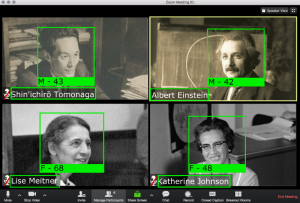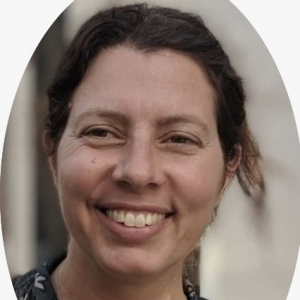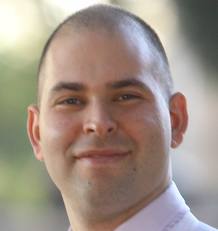BGU researchers report that is it possible to extract private information from collage images of meeting participants posted on Instagram and Twitter. They used image processing text recognition tools as well as social network analysis to explore the dataset of more than 15,700 collage images and more than 142,000 face images of meeting participants. Artificial intelligence-based image-processing algorithms helped identify the same individual’s participation at different meetings by simply using either face recognition or other extracted user features like the image background.
The researchers were able to spot faces 80% of the time as well as detect gender and estimate age. Free web-based text recognition libraries allowed the BGU researchers to correctly determine nearly two-thirds of usernames from screenshots.
The researchers identified 1,153 people who likely appeared in more than one meeting, as well as networks of Zoom users in which all the participants were coworkers. “This proves that the privacy and security of individuals and companies are at risk from data exposed on video conference meetings,” according to the research team which also includes BGU SISE researchers PhD student Dima Kagan and Dr. Galit Fuhrmann Alpert.
Cross-referencing facial image data with social network data may cause greater privacy risk as it is possible to identify a user that appears in several video conference meetings and maliciously aggregate different information sources about the targeted individual.
The research team offers a number of recommendations to prevent privacy and security intrusions. These include not posting video conference images online, or sharing videos; using generic pseudonyms like “iZoom” or “iPhone” rather than a unique username or real name; and using a virtual background vs. a real background since it can help fingerprint a user account across several meetings.
Additionally, the team advises video conferencing operators to augment their platforms with a privacy mode such as filters or Gaussian noise to an image, which can disrupt facial recognition while keeping the face still recognizable.
“Since organizations are relying on video conferencing to enable their employees to work from home and conduct meetings, they need to better educate and monitor a new set of security and privacy threats,” Fire says. “Parents and children of the elderly also need to be vigilant, as video conferencing is no different than other online activity.”





















